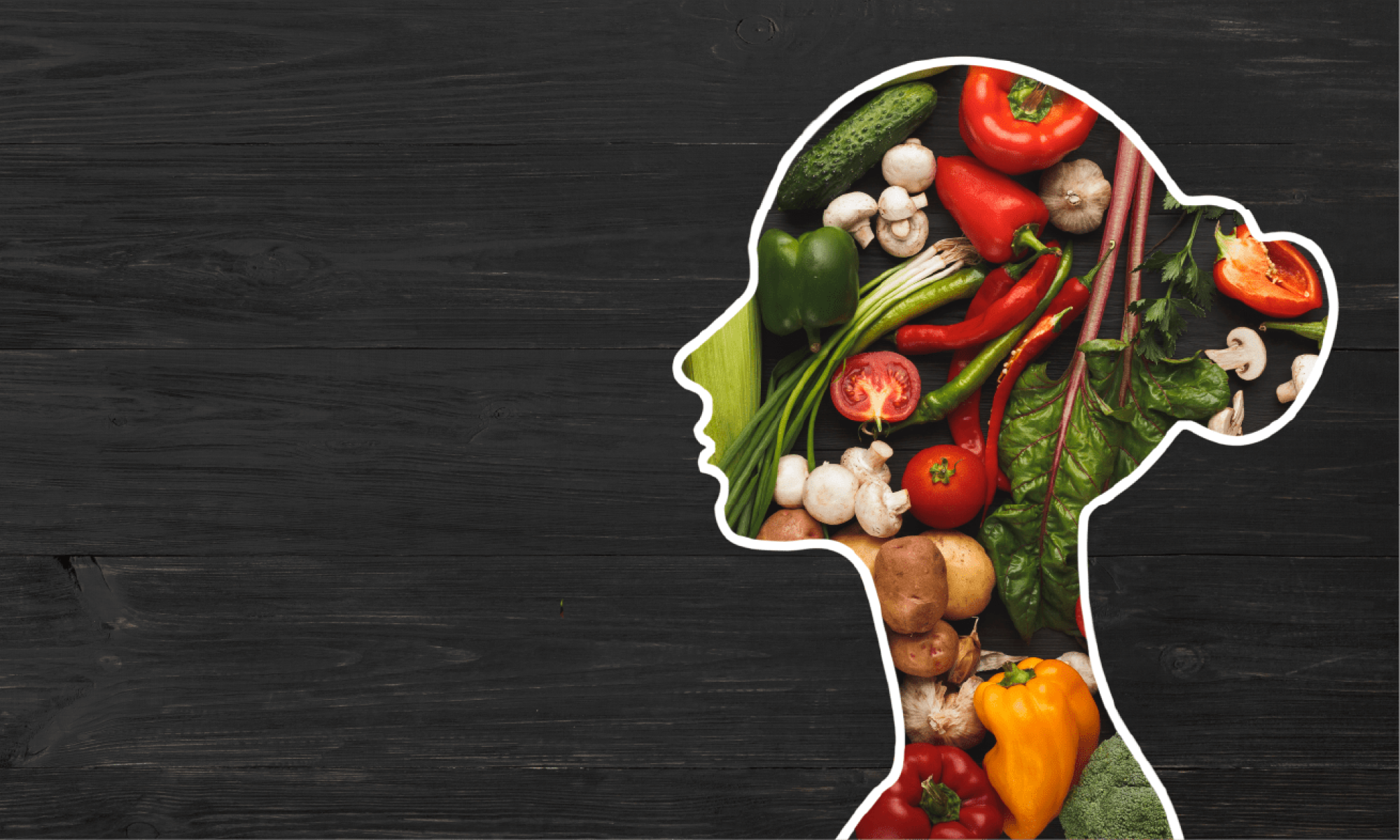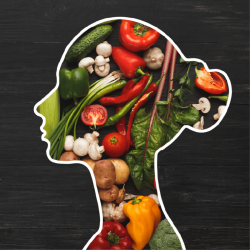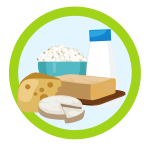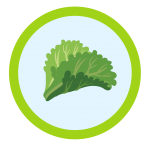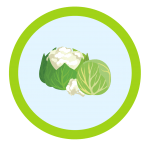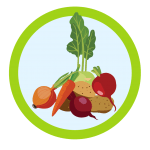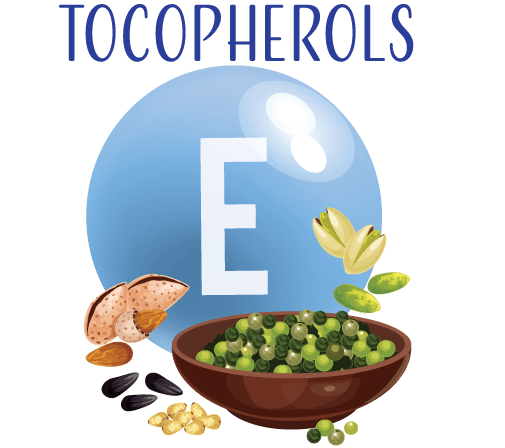
Vitamin E also known as Tocopherol: Boost Your Health with these Food Sources
Vitamin E is often referred to as the “beauty vitamin” for its ability to promote healthy skin and hair. But did you know that this powerful antioxidant also plays a crucial role in preventing cancer and cardiovascular disease? In fact, vitamin E has a multitude of benefits that make it an essential nutrient for overall health.
It’s important to note that vitamin E is actually a family of eight different molecules that fall into two major groups: the tocopherols and the tocotrienols. Of all eight of these molecules, it is the alpha-tocopherol form that is the most potent.
To ensure that you’re getting enough vitamin E in your diet, make sure to consume plenty of foods that are rich in this essential nutrient. This includes nuts, seeds, leafy greens, and whole grains. By incorporating vitamin E into your daily diet, you can reap the many health benefits of this powerful antioxidant.
Adults should consume 15mg (22.4 IU) daily, which applies to both sexes. Pregnant or breastfeeding women may require 19mg (28.5 IU).
Meat & Protein
Grass Fed Red Meat
Offers an impressive 449% of the daily value per 3.5 oz.
3.5-ounce serving of grass-fed beef steak offers around 15% of the daily value.
A 3.5 serving of grass-fed lamb meat contains around 18% of the daily value.
In 3.5 oz. which is 27% of the daily value of vitamin e.
A 3.5 serving of grass-fed venison contains around 12% of the daily value.
Grass Fed Dairy
A pat of butter contains 4% of the daily value of vitamin E.
With 10% of the daily value of vitamin E per serving, whole milk is a good source of nutrients.
This type of cheese offers 17% of the daily value of vitamin E per serving.
Cheddar cheese has 9% of the daily value of vitamin E per serving.
An ounce of cream cheese offers 2% of the daily value of vitamin E.

Free range Eggs
These eggs are sourced from hens that are fed a diet rich in omega-3 fatty acids, which increases the amount of vitamin E in the yolk.
Eggs from hens that are allowed to graze on pastures tend to have a higher level of vitamin E than those from caged hens.
Organic eggs tend to have a slightly higher amount of vitamin E compared to conventional eggs due to the fact that they are fed an organic diet.

Beans and Legumes
An excellent source of Vitamin E, providing up to 10% of the recommended dietary allowance per serving.
Half a cup of cooked chickpeas can provide approximately 15% of the recommended daily intake of Vitamin E.
A single cup of peas contains about 10% of the recommended daily intake of vitamin E, making it a valuable source of this important nutrient.
Just one ounce of peanuts can provide up to 10% of the daily value of vitamin E
One cup of cooked green beans contains approximately 10% of the Daily Value (DV) of vitamin E.
A cup of cooked Lima beans provides you with 27% of your daily recommended intake.
One cup of edamame contains around 10% of the recommended daily value of vitamin E.
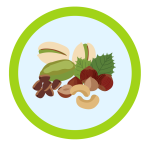
NUts & Seeds
With a daily value of 50%, almond milk is a great dairy-free source of vitamin E.
One ounce of hazelnuts contains approximately 20% of the recommended daily intake of vitamin E.
This type of cheese offers 17% of the daily value of vitamin E per serving.
Cheddar cheese has 9% of the daily value of vitamin E per serving.
An ounce of cream cheese offers 2% of the daily value of vitamin E.
An ounce of cream cheese offers 2% of the daily value of vitamin E.
An ounce of cream cheese offers 2% of the daily value of vitamin E.
An ounce of cream cheese offers 2% of the daily value of vitamin E.
Vegetables
Leafy Greens
An excellent source of Vitamin E, providing up to 10% of the recommended dietary allowance per serving.
Half a cup of cooked chickpeas can provide approximately 15% of the recommended daily intake of Vitamin E.
A single cup of peas contains about 10% of the recommended daily intake of vitamin E, making it a valuable source of this important nutrient.
Just one ounce of peanuts can provide up to 10% of the daily value of vitamin E
One cup of cooked green beans contains approximately 10% of the Daily Value (DV) of vitamin E.
A cup of cooked Lima beans provides you with 27% of your daily recommended intake.
One cup of edamame contains around 10% of the recommended daily value of vitamin E.
One cup of edamame contains around 10% of the recommended daily value of vitamin E.
One cup of edamame contains around 10% of the recommended daily value of vitamin E.
Cruciferous
One cup of chopped raw broccoli contains approximately 15% of the daily value (DV) of vitamin E.
A 13.5 oz serving of raw kale contains approximately 13% of the Daily Value (DV) for vitamin E.
A half cup serving of cooked Brussels sprouts contains about 10% of the daily value (DV) for vitamin E.
One cup of chopped cabbage provides around 6 percent of the DV for vitamin E.
Roots
A 3.5 oz serving of sweet potato contains approximately 7% of the DV.
1 cup of raw carrots providing approximately 4% of the daily value (DV) for vitamin E.
provide approximately 3% of the Daily Value (DV) per serving (one cup cooked or one small beet).
A 3.5 oz serving of cooked parsnips contains about 15% of the DV.
Whole Grains & Herbs

Herbs
One cup of alfalfa provides around 8.7% of the DV of vitamin E.
Did you know?
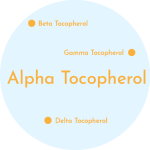
Vitamin E has multiple forms, yet alpha-tocopherol is the only one that the human body can utilize. It is a fat-soluble vitamin and its primary function is to serve as an antioxidant, eliminating free radicals that may cause harm to cells.
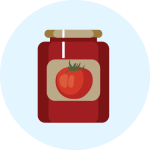
Vitamin E is also used as a natural preservative in many food products, as it can help prevent oxidation and spoilage.
